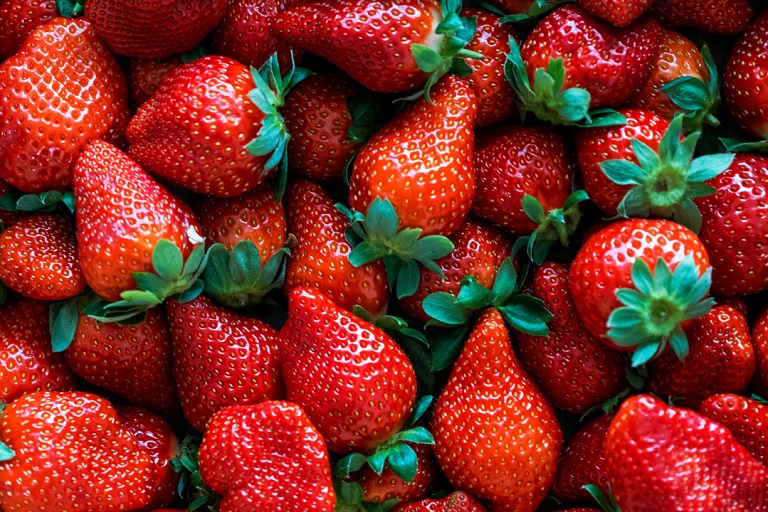As the weather warms up, more seasonal fruits become accessible for us to consume, and strawberries quickly spring to mind.
Although they can be purchased as early as May, the prime season for local strawberries is in June. The only disadvantage of this everyone’s favourite fruit is that the strawberry season is relatively short, lasting approximately a month, so make the most of those days by enjoying aromatic and sweet strawberries and learning how to distinguish domestic from genetically modified strawberries.
Strawberries are delicious as a snack, and many people like to add them to breakfast, desserts, and even savoury dishes to lend a fresh and sweet touch (try strawberry risotto if you haven’t already). Homegrown strawberries are not only delicious, but they are also high in antioxidants. Fortunately for us, they are low in sugar while being high in nutrients. Strawberry nutrition facts reveal that this popular berry is high in vitamin C. It is higher in vitamin C than an orange. They are also high in fibre, folates, potassium, iron, salt, calcium, and phosphorus, as well as vitamins A, B1, and B2.
Find out more about: Never Hold Back A Sneeze! Here’s What Happens Then
How many strawberries are enough?
Strawberries have a lot of health benefits, so they should surely become a staple in our diet – at least while they’re in season. Experts suggest that eating eight strawberries per day is sufficient to provide the body with the essential quantity of vitamins and minerals. Dr. Arpita Basu, research leader and professor at the University of Nevada, confirmed this.
Although eight strawberries are plenty to give the body with essential vitamins and minerals, feel free to eat homegrown strawberries indefinitely (we know it’s difficult to resist).
After reading this text you can also read about: Is It Safe To Drink Coffee If You Have High Blood Pressure? Yes, But Only Like This



